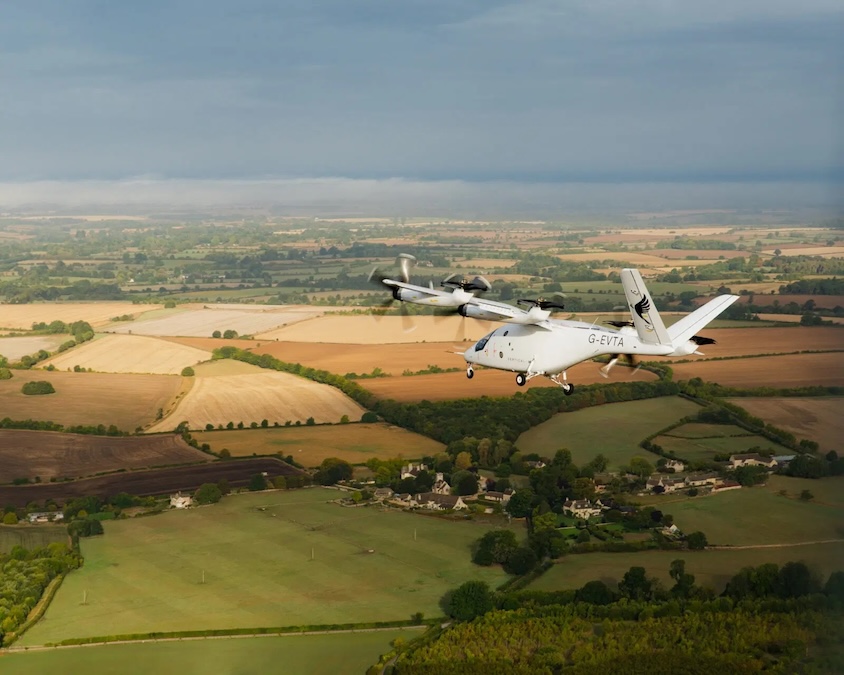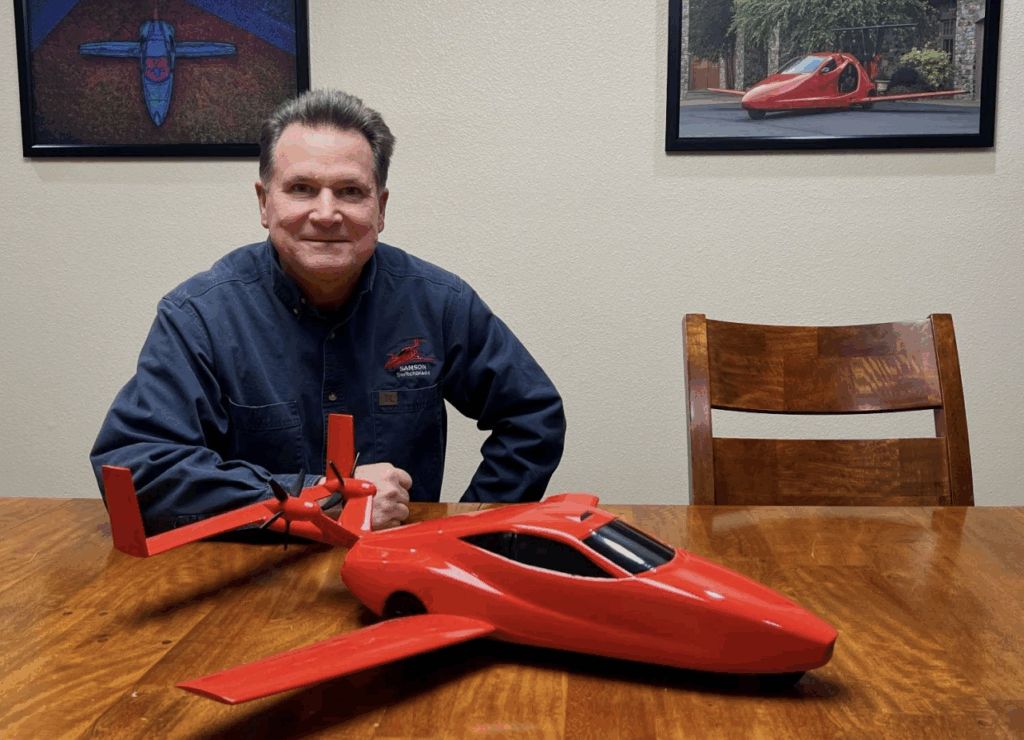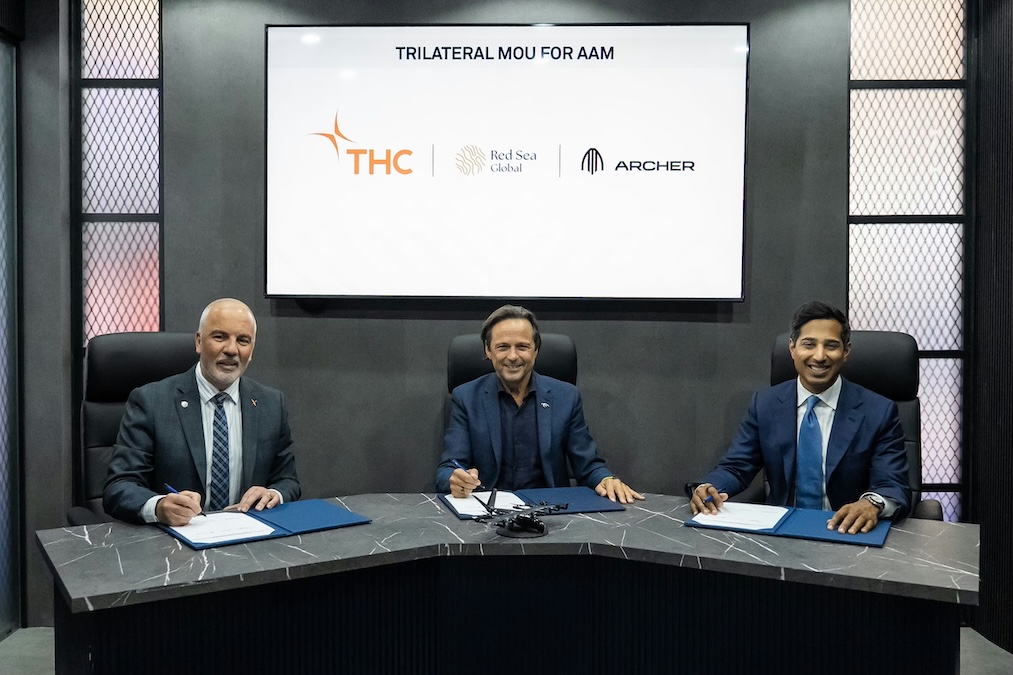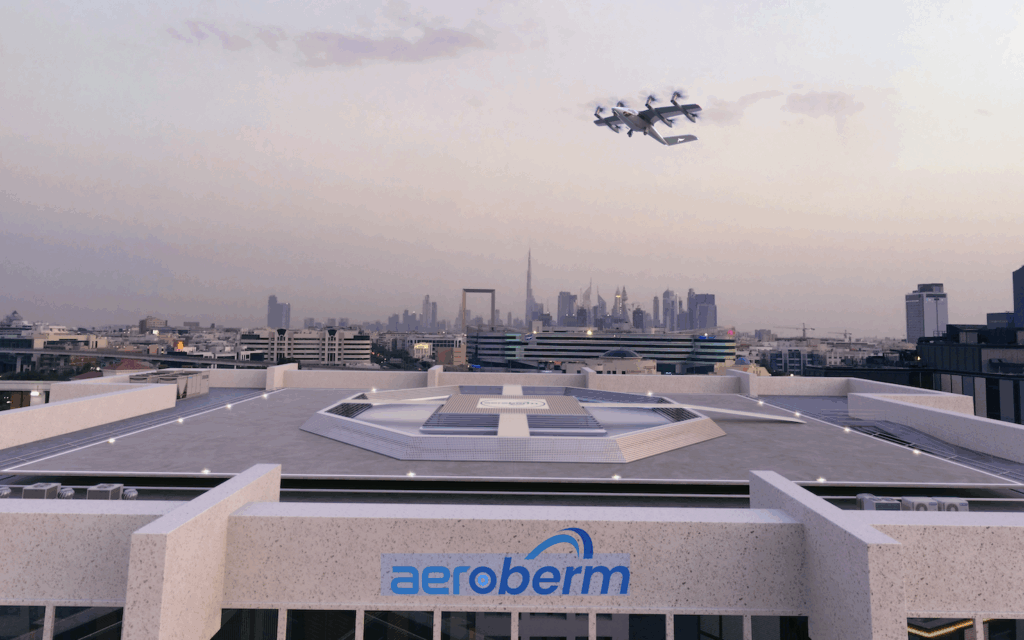
Skyports Infrastructure (Skyports), in collaboration with a British consortium of aviation companies, has launched the “OxCam AAM Corridor” demonstrator, a new project to demonstrate the commercial and operational viability of electric air-taxis between Oxford and Cambridge.
The six-month project, which began on October 1st, brings together Bristow Helicopters, NATS, Vertical Aerospace, and Oxfordshire County Council. It aims to accelerate the transition of advanced air mobility (AAM) from trials to commercially viable regional operations within the UK, combining expertise in vertiport development, aviation operations, aircraft technologies, airspace management and regional planning.
The “OxCam AAM Corridor” demonstrator will focus on the entire ecosystem for regional commercial services, including detailed operational planning, regulatory readiness, community engagement strategies, and infrastructure integration within the Oxford-Cambridge corridor.
The consortium will provide a business case and concept of operations for the commercialization of regional electric vertical take-off and landing (eVTOL) aircraft, supporting the government’s objective to foster economic growth and improved connectivity.
Duncan Walker, Chief Executive Officer, Skyports, stated, “This project is truly innovative in its pragmatic, end-end approach, demonstrating how AAM can deliver significant economic, social and environmental benefits to UK communities, ultimately boosting the national economy and cementing Britain’s global leadership in future flight. It’s a privilege to bring together and lead this consortium of top UK aviation companies, which will have a direct impact on the local economy.”
Michael Cervenka, Chief Commercial and Strategy Officer at Vertical Aerospace, added, “The UK is perfectly positioned to lead the next generation of sustainable aviation. By uniting world-class expertise in aircraft design, infrastructure, regulation and operations, this project shows how we can turn ambition into reality. Together, we are laying the groundwork for an entirely new mode of travel that will transform regional connectivity, support our economy and put Britain at the forefront of electric flight.”
Dave Stepanek, Executive Vice President, Chief Transformation Officer at Bristow commented, “Bristow is proud to be part of this important demonstration of AAM. Our role reflects our commitment to safely introducing new technologies that can enhance connectivity and serve communities in new ways. Working with strong partners across the industry, we see this project as a practical step towards understanding how electric vertical lift can complement existing aviation services in the UK.”
A key part of the project will be a piloted demonstration flight of Vertical Aerospace’s VX4 prototype, which is scheduled to take place next year from Skyports’ Bicester Vertiport. The data from this flight will be used to support the project’s desktop exercises, simulations, and demonstrations.
The project is supported by a subsidy from UKRI’s “Future Flight: Regional Demonstrator 2” initiative, which intends to accelerate the transition of cutting-edge innovations, such as eVTOLs, to real-world commercial operations.
Mark Balsdon, Head of NAU Accounts & Partnerships, NATS stated, “We are proud to continue being a part of the Future Flight Challenge, working to enable the safe and sustainable integration of new airspace users at scale. Project OXCAM continues to demonstrate the commercial viability of a potential end-to-end operation which is extremely exciting.”
Laura Peacock, Head of Innovation, Oxfordshire County Council also commented, “As a local authority, we are proud to play a role in shaping how AAM and future flight technologies can benefit communities across Oxfordshire and beyond. This project is a chance to demonstrate how innovation can be harnessed not just for economic growth, but for real societal and positive environmental impact. By working alongside leading industry partners, Innovate Oxfordshire is ensuring that the lessons learned here can help position Oxfordshire & the UK at the forefront of safe, sustainable aviation.”
The announcement of the project follows the UK Civil Aviation Authority’s (CAA) new eVTOL Development Model, a framework to facilitate commercial eVTOL flights in the UK by the end of 2028.











